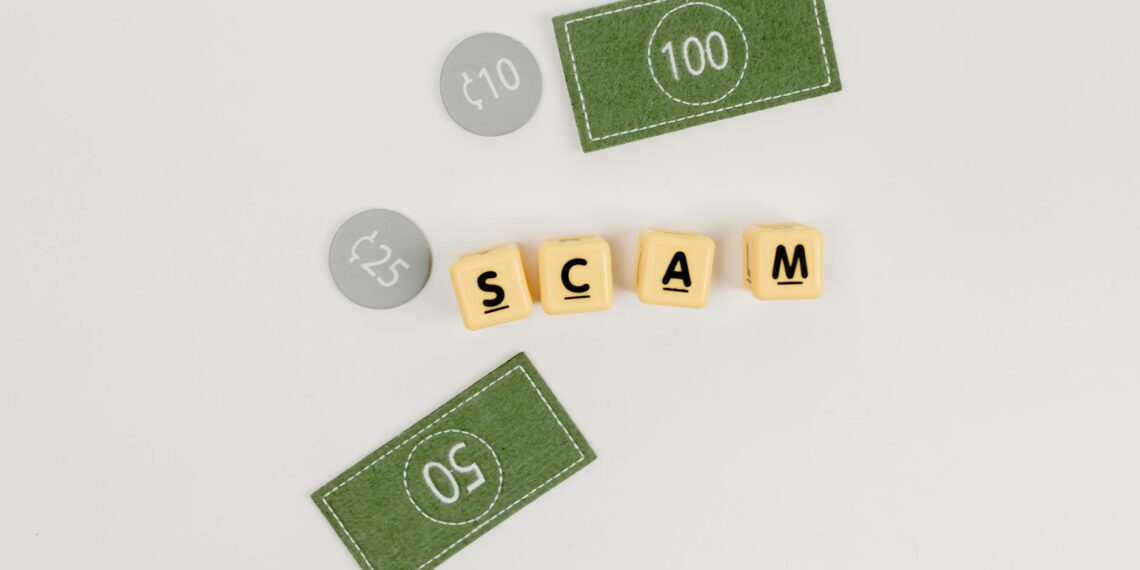Atocha coins are a fascinating piece of history, recovered from the wreck of the Nuestra Señora de Atocha, a Spanish galleon sunk in 1622. Due to their historical significance and value, numerous replicas and fakes have appeared in the market. Here are key ways to distinguish a genuine Atocha coin from a fake:
- Authenticity Guarantee: Real Atocha coins come with well-documented histories and certificates of authenticity, tracing their recovery from the shipwreck.
- Mel Fisher’s Legacy: The official Mel Fisher Family treasure website is considered the primary source for genuine Atocha coins and artifacts, providing high-security certificates and tracking data for each item.
- Original Certificate: A certificate of authenticity is required to sell a coin as an Atocha coin. A service in Key West can issue an original certificate for $250 if the coin has the little mini cert that came with it.
- Mint Markings: Carefully examine the coin for mint markings, dates, and denominations. These details should align with historical records of Spanish colonial coinage from the early 17th century. The cob coins of that period, initially cut from a silver bar and hammer-struck, often have irregular shapes.
- Material and Patina: Real Atocha coins are made of silver or gold and often exhibit a distinctive patina resulting from centuries spent underwater. It’s crucial to understand that cleaning a coin can severely damage its value and integrity.
- Design and Symbolism: Atocha coins generally display the arms of Castile (castles) and León (lions), flanked by the mint mark and assayer’s initial. The reverse side typically features the Pillars of Hercules and the motto “PLVS VLTRA” (more beyond).
- Manufacturing Method: Authentic Atocha coins are cob coins , characterized by their irregular shapes and the crude nature of their striking. Fake coins, on the other hand, are often replicas made using the lost wax casting process, resulting in smoother surfaces, rounded details, bubbles in the metal, or mold lines around the edges.
- Weight: Replica coins are often about 10% lighter than authentic Atocha coins.
- Reputable Dealers: Purchase Atocha coins only from reputable dealers or auction houses specializing in such artifacts.
- Professional Numismatist or Appraiser: If unsure about the authenticity, seek the expertise of a professional numismatist or appraiser specializing in historical coinage.
- Third-party Grading Services: Reputable grading services like NGC can certify the authenticity and condition of Atocha coins.
- Unrealistic Discounts: Be wary of sellers offering “genuine Atocha coins” at steep discounts (e.g., 80% off). The rarity and historical significance of these coins make such offers highly unlikely to be genuine.
- Claims of Using Melted Silver Bars for Replicas: Genuine Atocha artifacts, including silver bars, are highly prized. It is highly improbable that genuine artifacts would be destroyed to create replicas.
By carefully considering these factors and seeking expert advice, you can increase your chances of acquiring a genuine Atocha coin and avoiding the pitfalls of replicas and fakes.









How can you tell if Atocha coins are real?
Good point! Provenance: Authentic Atocha coins come with well-documented histories and certificates of authenticity, tracing their recovery back to the shipwreck. Mint Markings: Inspect the coin for mint markings, date, and denomination, as these should align with the historical records.
How to tell if a shipwreck coin is real?
Thanks for asking. Certificates, historical documents, and any records tied to the shipwreck discovery are your key to verifying its authenticity. This is one of the most important ways to tell if a treasure coin is real or if it’s a counterfeit coin. Ah, the realm of replicas – a topic that sparks some debate among collectors.
Will Atocha coins go up in value?
As historical artifacts with limited availability, Atocha coins going up in value make them an appealing investment option for collectors and enthusiasts alike.
What does the cross mean on the Atocha coin?
Good point! The coin design in use during the Atocha time period, referred to as shield type, incorporated the Spanish coat of arms or shield on the obverse side and a cross representing the union of Church and State. Silver coins are referred to as “pieces of eight” and were measured in reales.